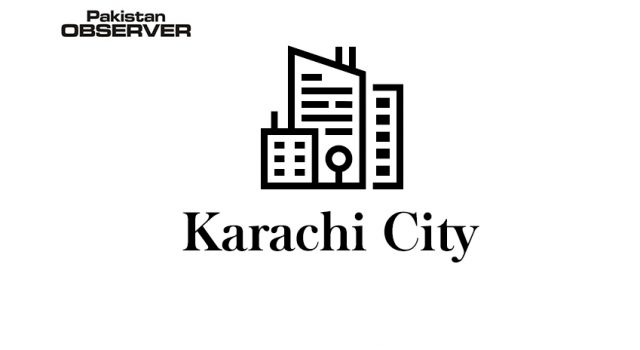Pakistan is set to return to double digit interest rates after nine months, as the Monetary Policy Committee (MPC) of State Bank of Pakistan (SBP) is likely to increase policy rate by 125-150bps on Tuesday (today).
The policy setting is likely to weigh upon build-up in trade deficit (November 2021 at $5.0bn) along with surprise in inflation during the previous month, according to the AKD Securities.
Moreover, potential disbursement of direct subsidy under Ehsaas Programme and its implication on money supply is another factor warranting consideration in our view.
Initial prints relating to latest trade numbers suggest contributors to persist at least in the near term amid delays in immediate fiscal adjustments and lagged nature of impact of recent downtick in commodities on import bill.
The same is also reflected in the FX market where PKR/USD touched historic lows at 177.89 despite materialisation of US $3 billion in deposits from Saudi Arabia.
According to the AKD Securities, inflation is likely to remain in double digits in the remainder of this fiscal year (average 12.3 percent YoY) after venturing into double digits in November 2021 (11.53% YoY) as a consequence of the large second round impact of sudden spike in end consumer petroleum prices.
“In the near term, we expect currency devaluations impact — likely translating into prices with a lag of 4Ms — to become more pronounced and compounded by gradual increase in petroleum levy (first round impact possibly diluted due to ease-off in global oil prices).
We have incorporated an increase in petroleum levy of PkR4/litre per month as per government guidance into our estimates while sales tax is assumed to remain at current levels.”
Authorities are likely to present a sales tax amendment bill in the National Assembly this month where taking cue from initial prints on potential adjustments, inflationary impact is likely to be limited to 40bps on YoY basis (exc. sales tax impact on petroleum prices).
According to the AKD Securities, the market is likely to remain range-bound in the coming months until the transmission of fiscal and monetary adjustments begin to reflect in underlying numbers.
The threat of new COVID-variant, “Omicron” and coldest winter in EU increasing COVID case load in the region has put downward pressure on global commodities, possibly shortening the timeline for complete transmission of macro adjustment into economic metrics.
“With developments on the macro front remaining fluid, we advocate investors taking a longer term horizon in mainboards, preferring value over growth, while limiting tactical adjustments.
We continue to like banks (on higher interest rates), cements (on declining coal prices improving earnings outlook while cut in PSDP is unlikely to have material implication demand outlook), and power and selected OMCs (PSO) on circular debt payments,” said the research.










